Bulgarian Split Squat: History, Variations and How to Master Them
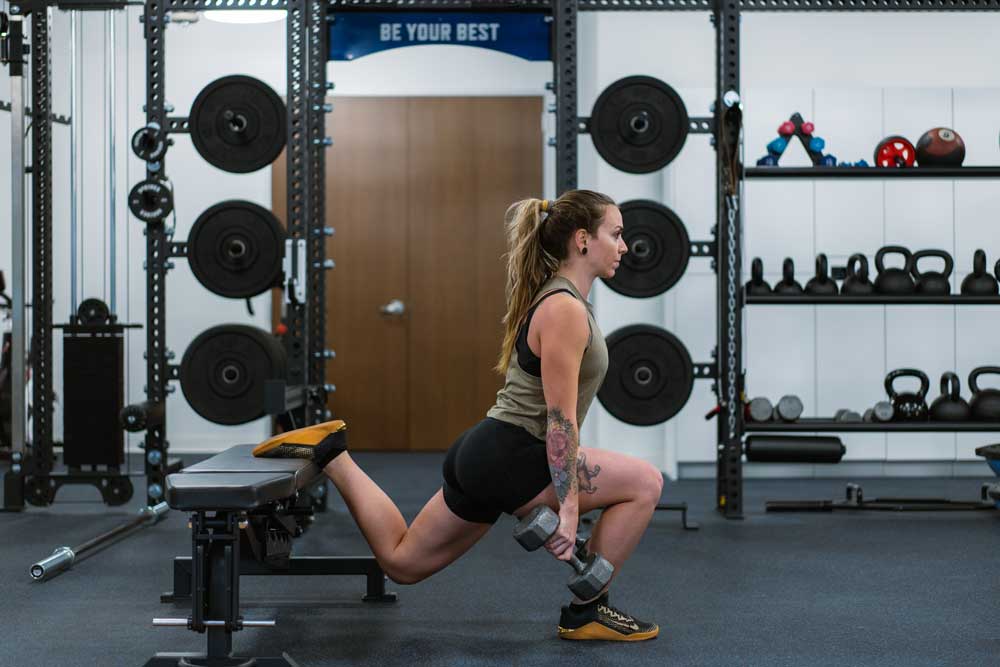
If you’ve ever attempted high-volume Bulgarian split squats, you know how heart-poundingly nasty they can be. The combo of hip hinging and stabilization under load is a brutal use of your legs, glutes and central nervous system.

Master the best single-leg squat variations
The Bulgarian split squat has a lot of carryover into healthy squat patterns. Splitting your stance allows you to work on mobility in the hip flexors and at the bottom position of a single-leg squat. You can drill hip stability, focus on quad hypertrophy, or load one side at a time to work on imbalances and asymmetries. Another major use of the split squat is in working on full range of knee flexion during knee rehab.
There are different ways to perform the movement and the variations can get confusing depending on the angles of your torso and planted shin. Check out our guide for everything awesome (and awful) about the Bulgarian split squat.

The weird history of the Bulgarian Split Squat
We can’t talk about the Bulgarian split squat without mentioning its questionable background.
European and Russian weightlifters were on top of their game during the Cold War era. It was a time of experimentation in the sport of weightlifting—athletes and coaches tested different technical training, rep schemes, and strength methodologies in order to land Olympic medals. Everyone was hunting insider tricks from the winning nations. How did they train to get so ferociously, ridiculously strong?
Around the 1980s, secrets leaked that the Bulgarian weightlifting team had stopped doing back squats entirely in favor of split squats and weighted step-ups for leg strength. This idea caught fire fast in the USA, which is how the split squat got its name.
As far as research can tell us, these “secrets” turned out to be nothing but falsehoods spread by one guy: Angel Spassov, Assistant Coach of the Bulgarian Weightlifting National Team. Whether he did it to throw other nations off their game or because he wanted credit for his idea is anyone’s guess. Maybe something was lost in translation. Either way, it’s important to point out that split squats do not replace back squatting for overall strength… but they will still murder your lower trunk.
Level Up Your Training
With TrainHeroic’s immersive training app
TrainHeroic does everything you wish your old gym notebook could do.
Take the guesswork out of training with built-in exercise instruction and basic training programs. Compete against yourself and others. Track your performance and readiness. Smash your goals.
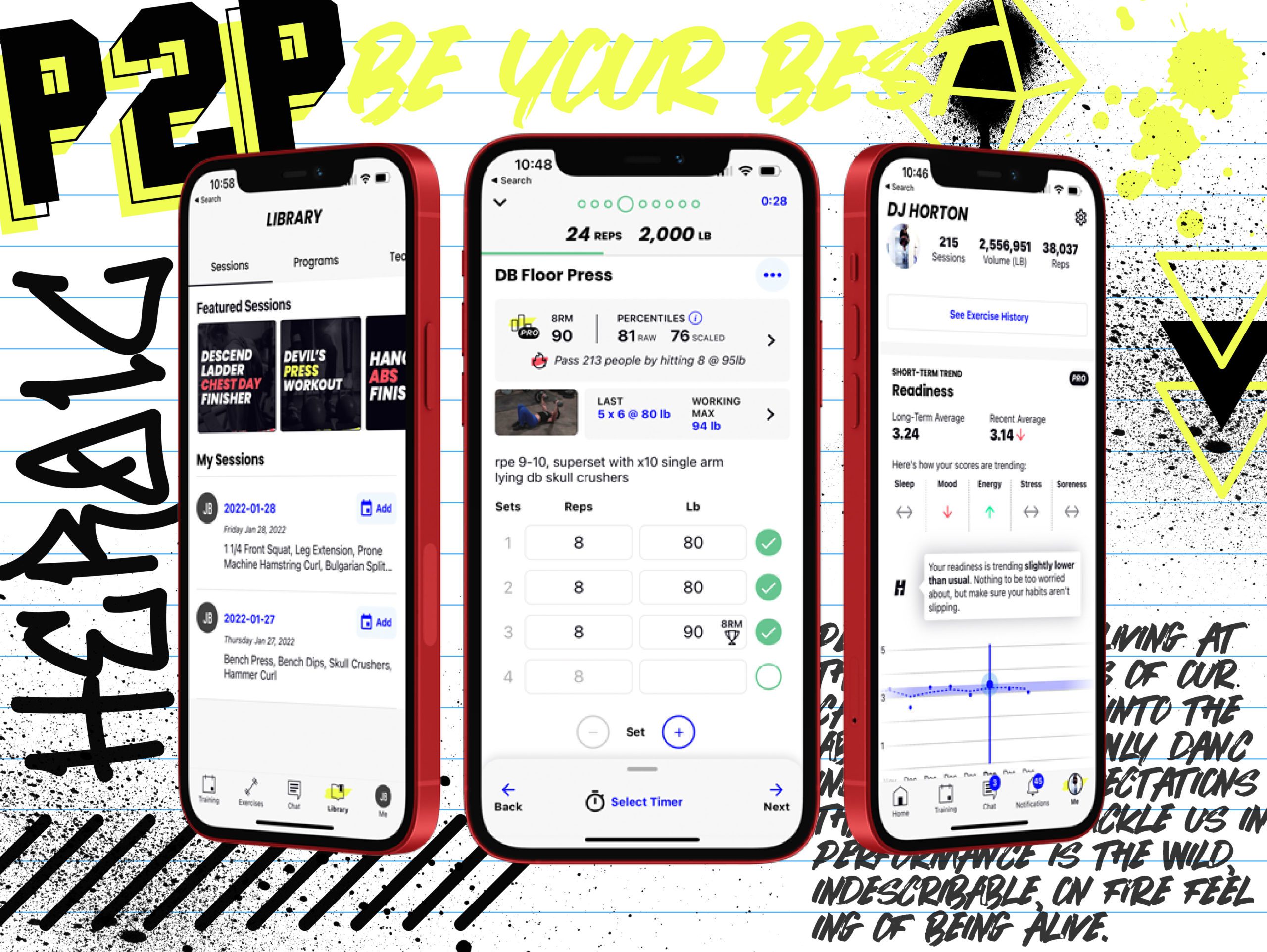
Bulgarian Split Squat Form Variations
There are actually two main versions of the rear-elevated split squat. Both are valid for different purposes. Let’s talk about ‘em.
Variation 1: Shoelaces on a Bench (the most common)
This is the kind of split squat you see often in everyday gyms. It’s easy to mess up but also easy to scale for nagging knee pain.
Setup
Grab a bench, box, or other stable platform that comes to about knee height. Be careful not to pick a bench that’s too high. Set the top of your back foot on the bench and place your front foot just far enough away so you have a slight forward knee-bend in the bottom position.
An important cue for this version: your weight should be in your midfoot, not too far back in your heel and not too far forward into your toes. Your stance width should be about the same as you would use for a split jerk (no tightrope walking here).
Squat
From the top, hinge slightly forward at the hips and descend into a squat, pressing your shoelaces into the bench like a kickstand. Drive straight up and down through the movement—don’t let yourself rock forward or backward. Focus on putting 90% of the pressure on the floor underneath your front foot.
Add Weight
Test your single-leg strength by holding a kettlebell or dumbbell at your chest. You can also hold a pair of weights by your side, suitcase style, or load a barbell on your back. The options for pain are endless.
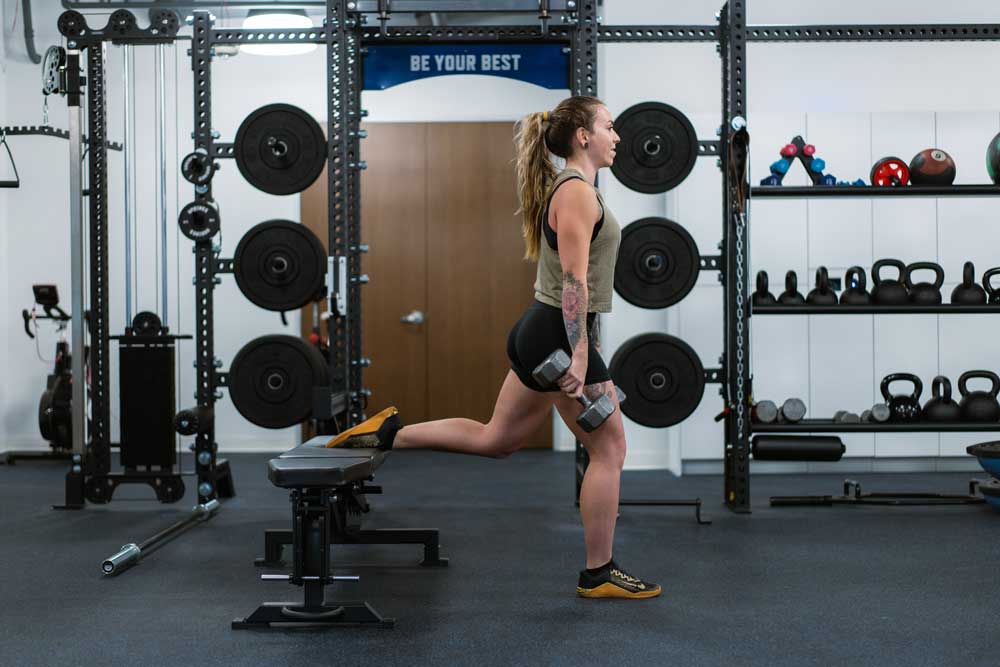

Variation 2: Back Toes Bent (the OG)
This is said to be the version originally taught by the Bulgarian weightlifting team. It uses a lower platform, a slightly different configuration for the feet, and different angles for the hips/knees. It’s sometimes called the Poliquin split squat when the back foot is on the ground.
Setup
Find a stable platform that’s only about six inches off the ground (a 45lb plate works for this). Place the ball of your back foot on the platform (toes bent) instead of setting your shoelaces on it. Step your front foot out far enough so you can move down into your squat without your heel coming up off the floor.
Squat
With your chest up and front foot planted flat, descend into a squat. Drive the front knee over the toes until your hamstring touches your calf. Aim for a deeper forward lunge position rather than straight up and down. Let your back knee hover over the floor, then come up out of the squat by pressing down into the front foot and straightening the knee.
Add Weight
Just like the first version, you can add dumbbells, kettlebells, or a barbell. Get creative by holding a sandbag, dog, or small child.
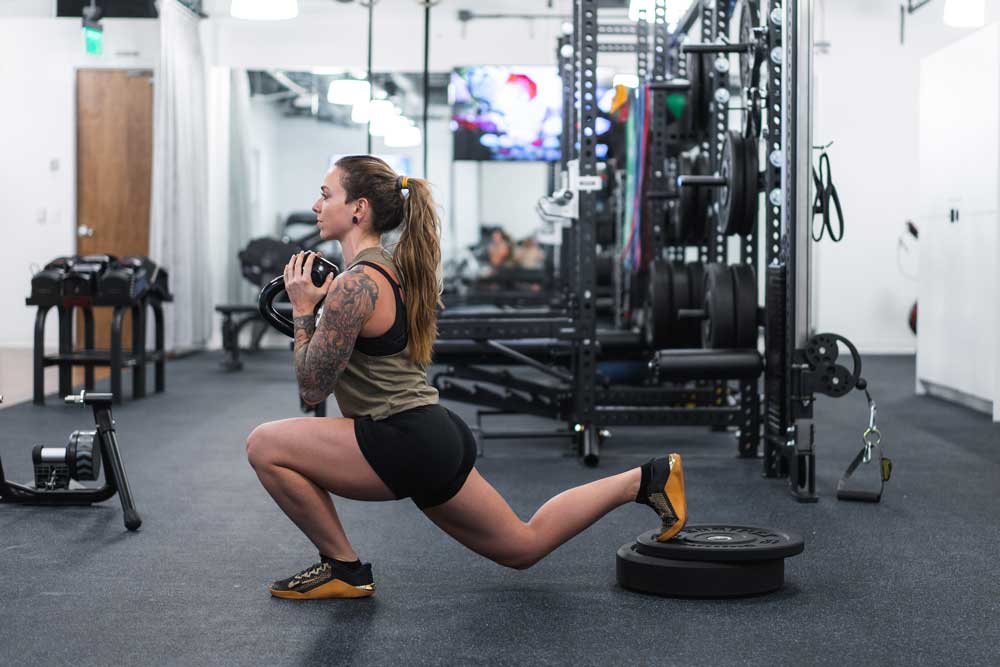
You Work too Hard to Not See Progress
Find Your Perfect Training Plan
Sometimes all you need to reach your destination on your fitness journey is an expert guide. We’ve got you covered.
Browse from thousands of programs for any goal and every type of athlete.
Try any programming subscription free for 7 days.
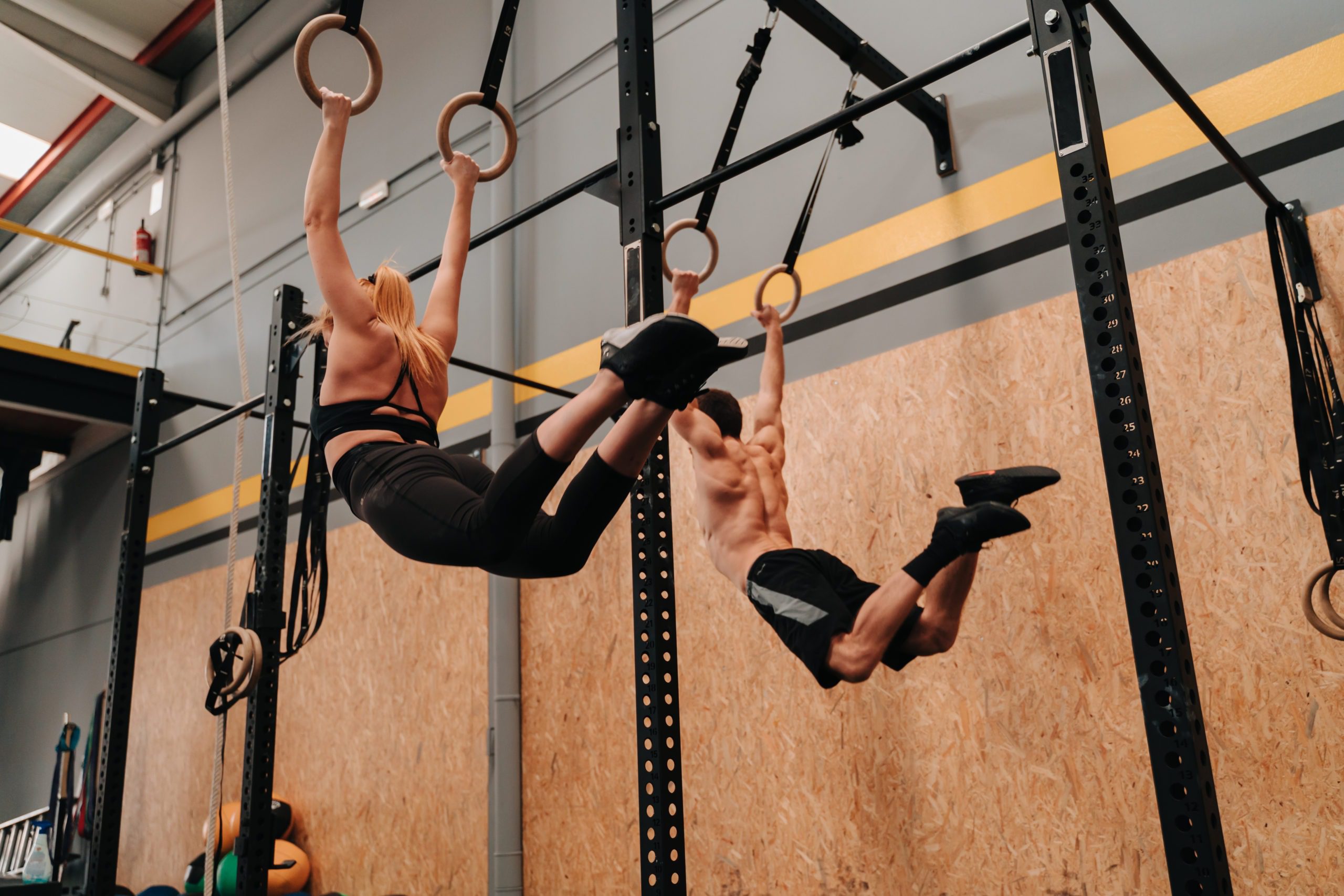
Bonus: Front Foot Elevated or Deficit Split Squat
If your hip mobility isn’t stellar, try elevating your front foot on a low platform with a setup similar to Option 2 above. This allows you to keep a better upright position in your torso and lessens the stretch on the back hip flexors.
Even if your mobility is good, try this version as an alternative split squat technique and see how different it feels to your body.
A Breakdown of the Split Squat for Different Goals
Let’s get a little into the weeds here for a more comprehensive breakdown of the split squat variations and which ones to use for more glute vs quad activation.
There’s no real “right” or “wrong” way to do the split squat — the variation you take should reflect your goals. Are you aiming for quad strength or glute development? The angles of your planted shin and torso allow for four versions that bias either your quads or glutes.
- Forward torso, forward shin
- Vertical torso, vertical shin
- Forward torso, vertical shin
- Vertical torso, forward shin
Split squats for quad strength
This variation is ideal for hitting your quads, since the emphasis is on knee bend. Thinking of the most quad-dominant squat variation, the front squat, your form should look about the same:
- Vertical torso, forward shin
Split squats for glute development
This variation demands slightly more from your glutes and hamstrings with an emphasis on hip hinging. Putting the movement into context, glute-dominant movements like RDLs and good mornings use a similar form:
- Forward torso, vertical shin
Split Squats for General Posterior Chain Work
If the nitty-gritty doesn’t matter so much to you and you’re just looking to have a stronger posterior chain, you can take any variation including the last two:
- Forward torso, forward shin
- Vertical torso, vertical shin

Lily is TrainHeroic’s Marketing Content Creator and a CF-L1 with an English background. She was a successful freelance marketer for the functional fitness industry until being scooped up by TrainHeroic. An uncommon combo of bookish, artsy word-nerd and lifelong athlete, Lily is passionately devoted to weightlifting, CrossFit, yoga, dance, and aerial acrobatics. Find her showcasing her artist-athlete hobbies on IG @lilylectric.

Join the community
Sign up for the latest training news and updates from TrainHeroic

About TrainHeroic
Support
Made with love, sweat, protein isolate and hard work in Denver, CO
© 2021 TrainHeroic, Inc. All rights reserved.


